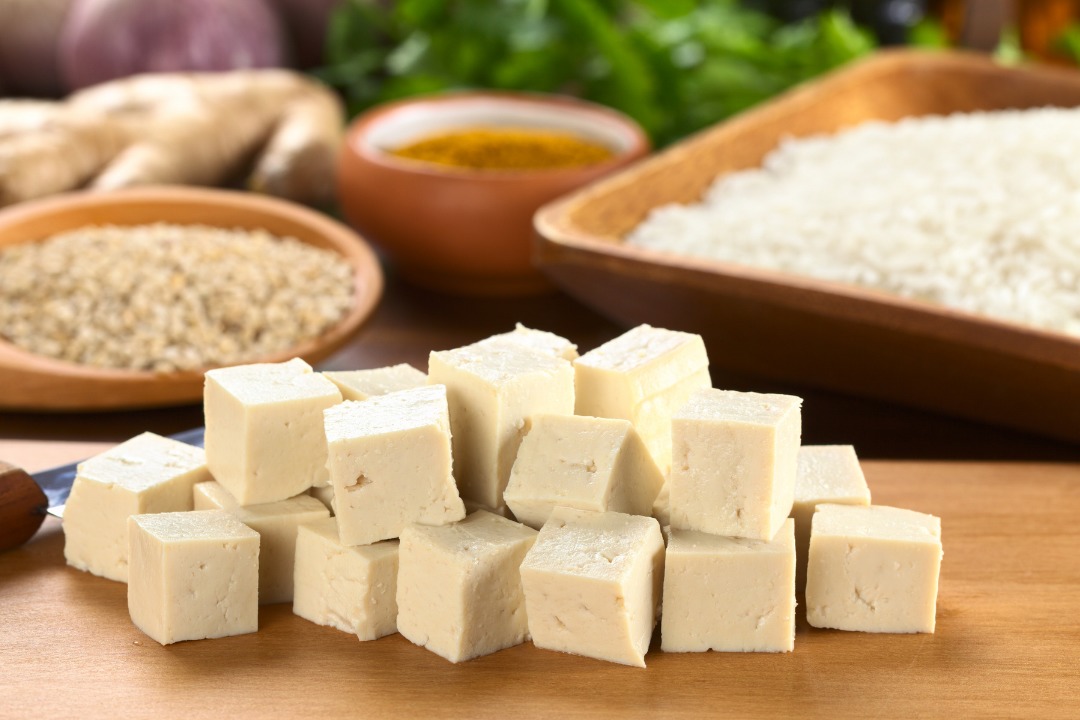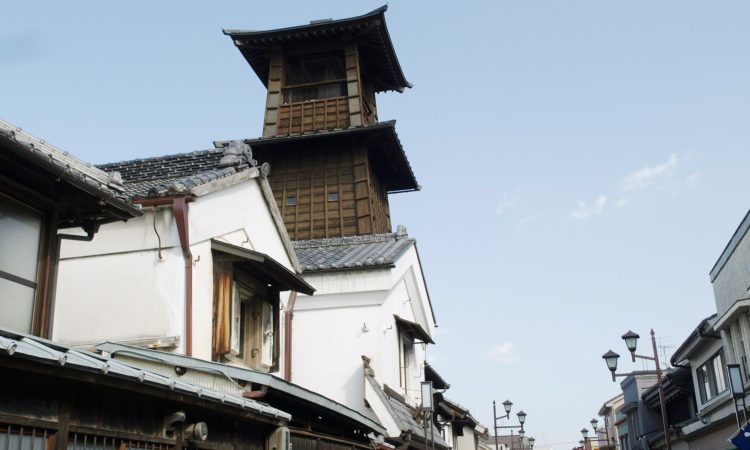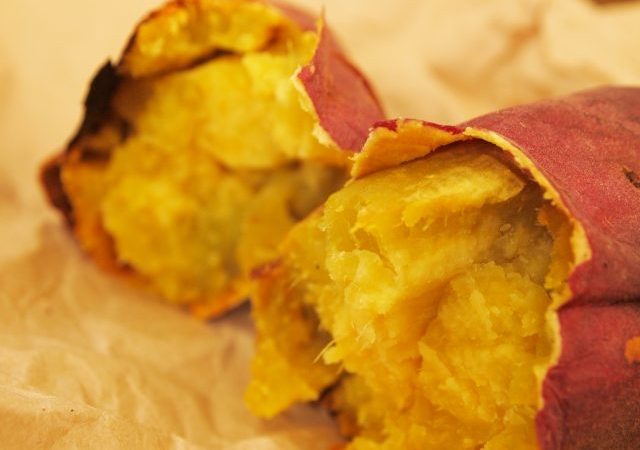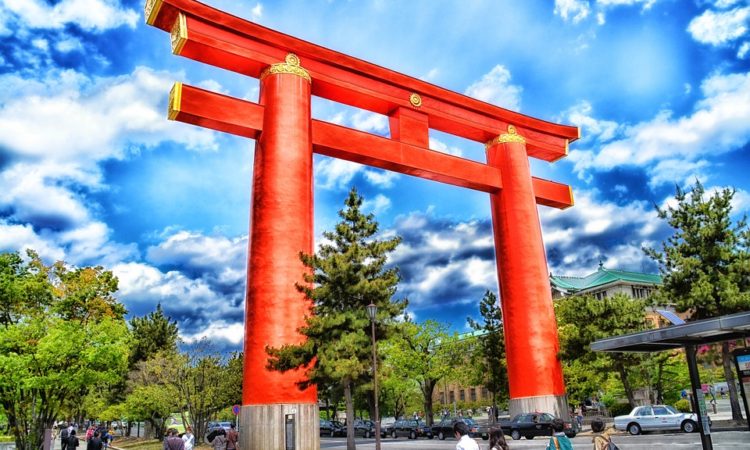Have you ever wandered around the aisle of your local supermarket or Asian grocery store, wondering how tofu is made and the difference between all the different types of tofu?
Here is a quick guide to tofu you should read to start appreciating this amazing food.
How is Tofu Made?
To produce tofu, the first thing you need to do is soak and then boil dried soybeans. What is obtained from this first phase is something that resembles soy milk to which different types of coagulants are added. The soy milk is then poured into molds until it solidifies and it is then cut into the familiar blocks you commonly see in shops.

Photo credit: Canva
Types of Tofu
Momen Tofu (木綿豆腐)
Momen tofu or “Cotton tofu” is the most common and most traditional type of tofu. The name “cotton tofu” seems to derive from the fact that, traditionally, cotton cloth was layered inside the mold where the coagulated soy milk was poured. Momen is one of the firmest types of tofu you can find in Japan and the most versatile, as well as being rich in protein with a spongy texture.
However, be aware that momen is still quite soft compared to some of the firmer tofu available abroad. It retains a considerable amount of water, and therefore it is recommended to press out some of the excess liquid by placing a heavy object (like a heavy frying pan or skillet) on top of the tofu block before using it in recipes like stir-fries.

Photo credit: Canva
Kinu Tofu (絹ごし豆腐)
Kinu tofu is super soft and smooth with an almost jelly-like texture. The process for making kinu tofu does not involve stirring and breaking down the tofu or pressing it in a mold box like momen “cotton” tofu, nor does it involve boiling. Hot soy milk is poured directly into the mold box containing the coagulant, and it has no holes and is not lined with cloth.
This is the type of tofu most commonly used for miso soup or eaten “raw” and cold with bonito flakes, soy sauce, and Japanese scallion, especially during hot and humid summer.
Abura-age (油揚げ)
Abura-age (literally meaning “deep-fried in oil”) is a type of thinly fried tofu that is made by cutting momen tofu into thin, small pieces and pressing and dehydrating them to make a dough. The dough is first fried at a low temperature to expand and then fried again at a higher temperature to remove the water and harden the surface.
Abura-age is widely used as an ingredient in miso soup, side dishes, and stir-fried dishes. The slices of fried tofu can be cut in the middle to create a kind of small pouches that can be filled with meat or, most commonly, with sushi rice to make the so-called “inari sushi” (いなり寿司).
It has appeared in literature as early as the early Edo period (1603-1867) and is thought to have been invented along with other deep-fried dishes such as tempura, which became popular around that time.

Photo credit: Canva
Atsuage (厚揚げ)
Atsuage tofu (literally “thick fried tofu”) is made by draining momen tofu and then deep-frying it at a high temperature. It is also called thickly fried tofu, as opposed to the thinly fried tofu abura-age, another name for deep-fried tofu. The surface is fried in oil, but the inside is still the familiar soft tofu. It is widely used for stir-fries and oden.
Yakitofu (焼き豆腐)
Yakitofu is made of momen tofu that has been drained and then grilled over charcoal or gas. It is often used in sukiyaki, stir-fried dishes, and dengaku (various miso-glazed dishes) because it does not fall apart easily and is more flavourful than plain tofu.
Ganmodoki (がんもどき)
Ganmodoki are tofu fritters. The tofu is kneaded with grated yam as a binder. Ingredients such as burdock root, carrots, mushrooms, kombu, sesame, ginkgo nuts, and hemp seeds are added, stirred, and formed into a certain shape (usually round-shaped or slightly flat ball).
Why Not Try Cooking with These Different Types of Tofu?
Tofu is extremely versatile, and it can be easily used in desserts as well!
It is a great source of protein, low in fat and cholesterol, an excellent source of iron and calcium, perfect for a gluten-free diet, and in Japan, it is also incredibly cheap and accessible.
What are you waiting for? Now that you know the basics of all the different kinds of tofu that exist, go to the grocery store and try challenging yourself with some new tofu recipes!
Related Articles:
- Japanese Ume Plums: How to Eat Them The Japanese Way
- Japanese Bento 101: The 5 Types of Bento Boxes
- Shojin Ryori: Balance of Beauty, Philosophy, Flavour and Nutrients
- Chinmi: Japan’s Rare Traditional Delicacies






